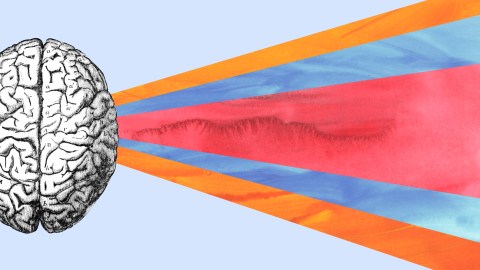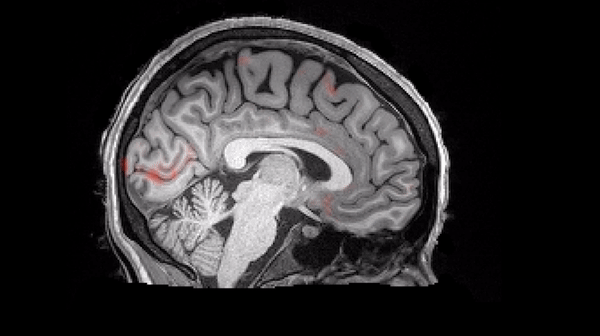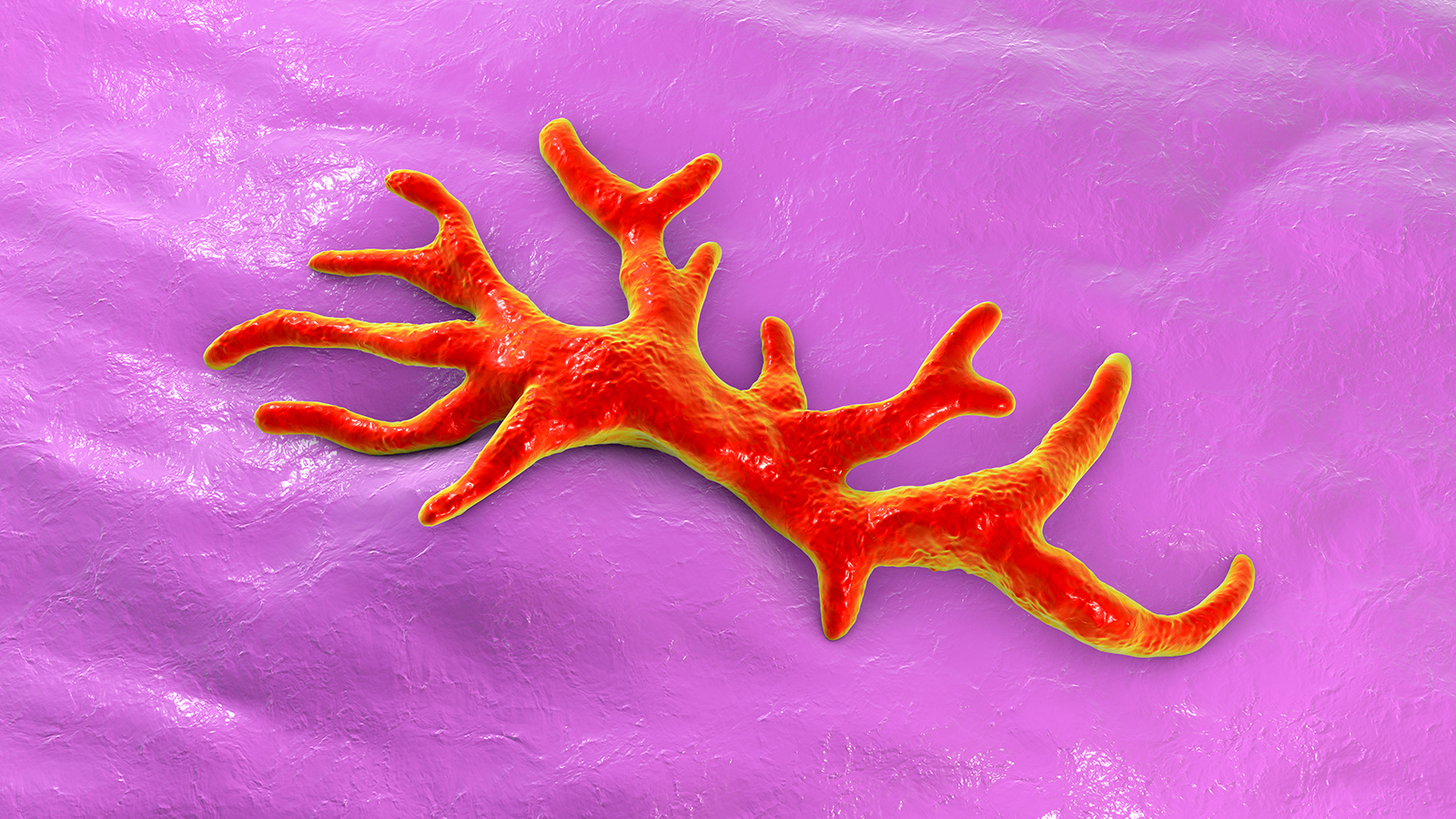Entrainment: How synching lights with brainwaves can speed up learning

- People exhibit minor variations in their brainwave patterns.
- New research shows that individualized brainwave entrainment, in which external stimuli are synchronized with your brainwaves, can boost perceptual learning.
- The findings could help reveal why particular learning methods are effective only for some people.
Learning — and strategies for boosting it — is big business. The market for brain health supplements, which are popular among Millennials and claim to enhance attention, learning, and memory, is worth an estimated $7.69 billion. Those who are more adventurous can choose from a growing number of commercially available but still unregulated DIY brain stimulation kits, or they can zap their brains with homemade devices.
Educators are also keen to enhance learning in their pupils. One method, based on Harvard psychologist Howard Gardner’s theory of multiple intelligences, is to tailor teaching materials to the individual pupil’s “learning style.” This has been hugely popular for the past two decades, and remains so, even though there is no more evidence for learning styles than there is for the efficacy of brain-boosting supplements or DIY brain stimulation.
But a recent study published in the journal Cerebral Cortex from psychologists at the University of Cambridge now shows that an individualized technique called brainwave entrainment may enhance perceptual learning and the ways we make perceptual decisions.
Learning at your brain’s rhythm
Entrainment refers to the fact that brainwaves naturally synchronize with external stimuli. For example, recent research shows that flickering lights can increase the “power” of low-frequency brainwaves called alpha waves, which typically oscillate at a frequency of 8 to 12 Hertz (Hz, or cycles per second). When flickering lights increase alpha wave power, the waves are more closely synchronized and their peaks and troughs become larger.
Elizabeth Michael and her colleagues wanted to investigate whether entraining peoples’ alpha waves could improve their performance on a visual discrimination task. To do so, they used EEG to record and determine the exact frequency of alpha waves in 80 study participants. They then used flickering visual stimuli to entrain the participants. The participants were shown a white square flickering against a dark background for 1.5 seconds, with the square flickering at a rate that matched each participant’s peak alpha frequency. When the flickering stimulus was exactly in phase with a participant’s individual frequency, the power of their alpha waves increased. This did not occur if the flickering was out of sync with the individual’s frequency.
After entrainment, the participants performed a visual discrimination task, in which they viewed “noisy” images and had to identify which of two different patterns each one contained. These images were set to be shown in time either at the peaks of each participant’s alpha wave oscillations or at the troughs. The participants were far better at identifying patterns in stimuli presented at the troughs of their alpha waves. This may be because the alpha wave troughs are associated with a disinhibition mechanism that improves visual target detection by regulating nerve cell excitability in the visual cortex.
Entrainment as therapy
The findings suggest that individualized entrainment of alpha waves enhances perceptual learning by altering the early stages of visual processing. Entrainment is already being applied in the form of light therapy, and there is some evidence suggesting that this may be effective in treating, for example, chronic pain. Some people claim that binaural beats can enhance sleep and boost attention and learning, but the evidence for this is less convincing.
Learning gets harder with age, so the authors say that the findings could improve learning in older people. The observed variations in individual brain states during learning could also help explain why one training method works well for some people but not for others.





